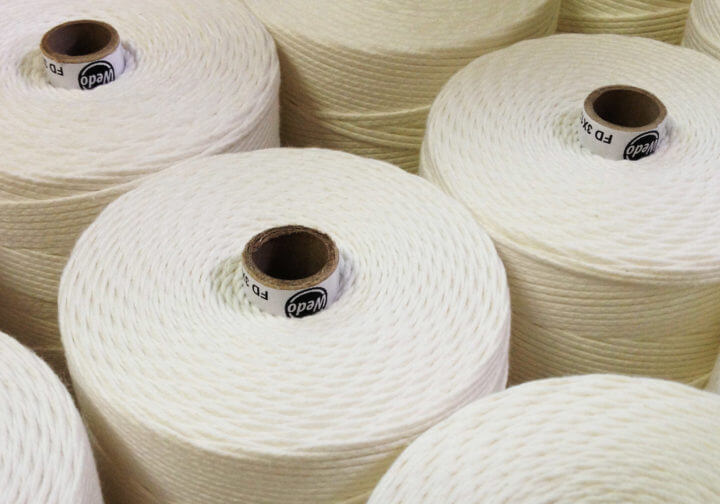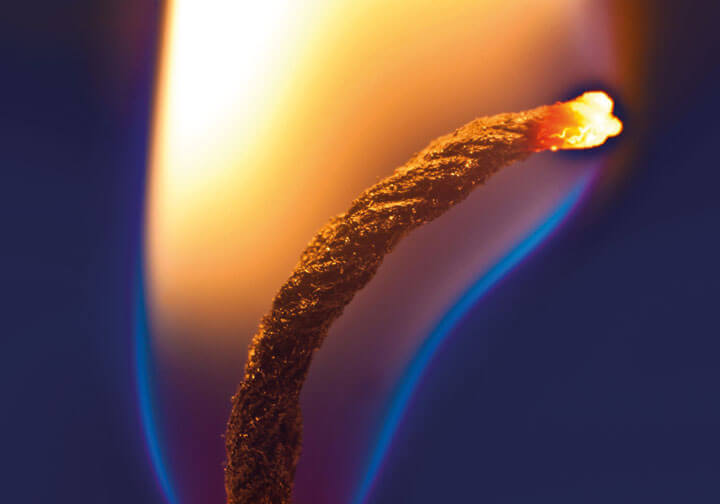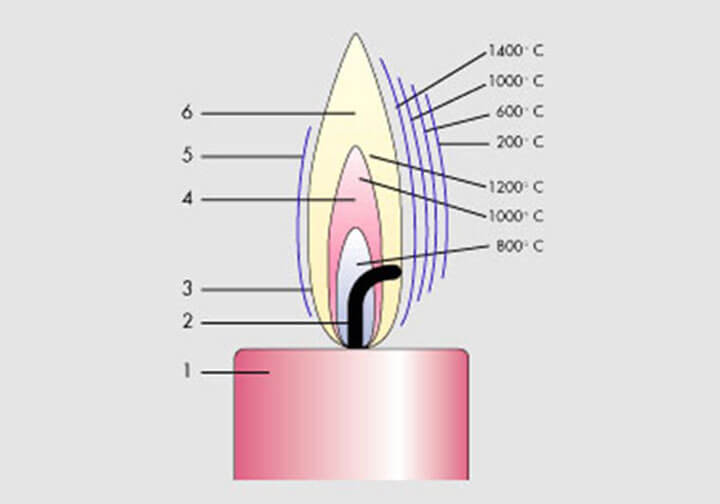
All about wicks
Let us forget our age of high technology for a second and have a purely scientific look at the mechanics of a candle flame. When we light the wick of a candle, the heat of the flame melts the wax.
Especially the current trend of moving from combustion engines to electric drive systems has heightened the demand for high-grade technical braids. They are particularly important in the construction of efficient induction motors.
How are technical braids used in vehicles?
The entire power supply system of a vehicle – from the ignition to the lights – requires cables. Technical braids are increasingly replacing the previously used rubber cable covers in order to prevent damage from marten bites. More technical braids are located in the transmission belts of the vehicles, where they significantly improve service life and facilitate the transmission of considerably stronger forces than plastic can achieve. In addition, technical braids are used to reinforce hoses, such as those in brake systems. To discuss the possible applications of our technical braids, please get in touch.

Let us forget our age of high technology for a second and have a purely scientific look at the mechanics of a candle flame. When we light the wick of a candle, the heat of the flame melts the wax.

Ideal wick position: The wick protrudes from the candle in a straight line and bends towards the flame boundary, entering the “glow zone”, where it burns fully at the highest temperature under the influence of oxygen.

The flame of a candle is separated into different glowing and temperature areas, which are easily visible to the naked eye: (1) Candle (2) Wick (3) Blue zone: Usually outside of the luminous zone Hottest zone due to oxygen contact
Westdeutsche Dochtfabrik GmbH & Co. KG
Ravensstr. 46, 41334 Nettetal
Mailbox 25 46, 41312 Nettetal